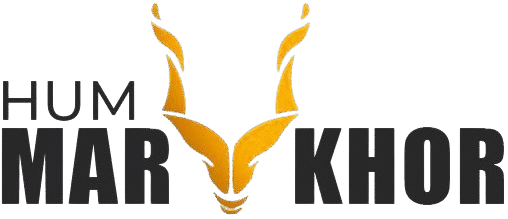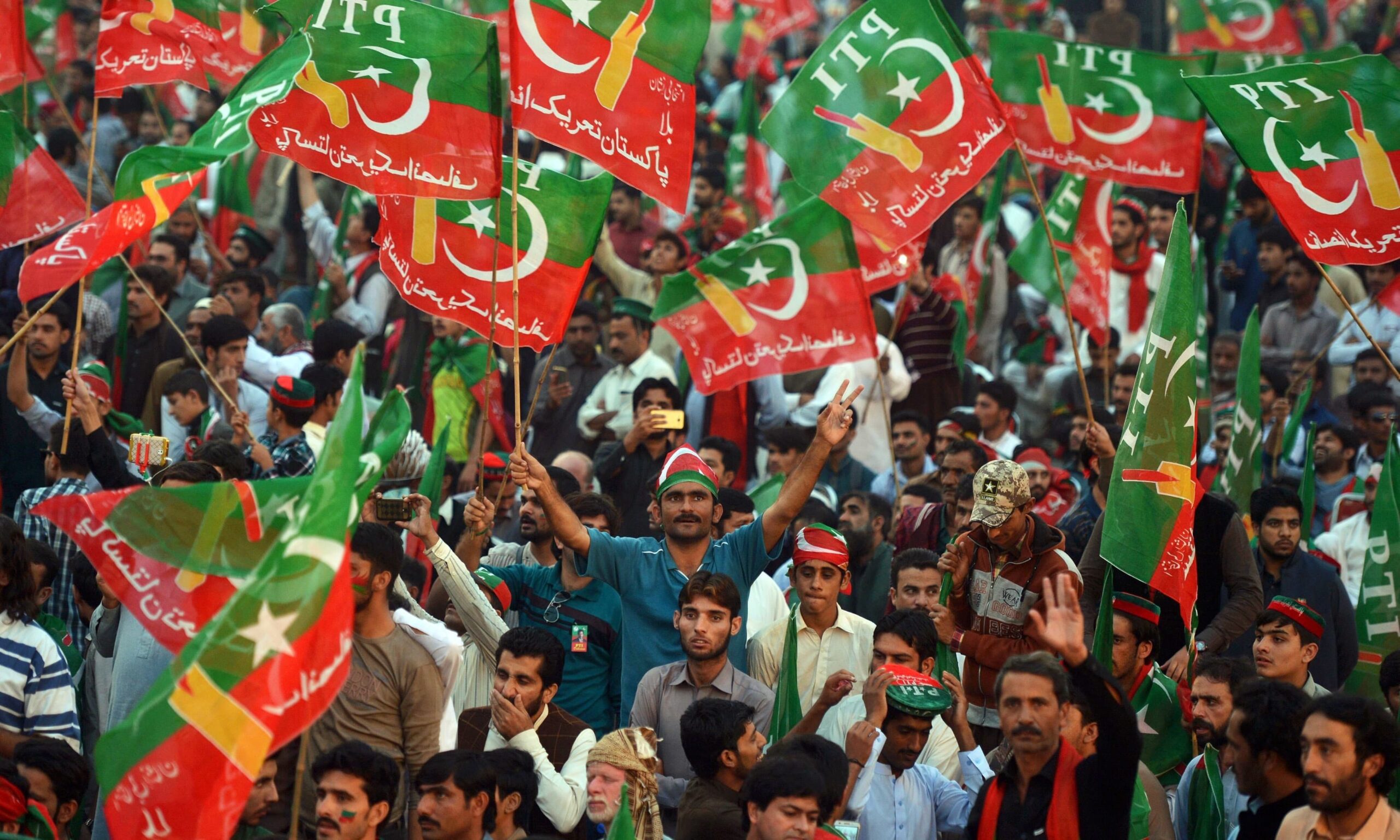Pakistan’s political scene in 2025 remains vibrant yet volatile. With a young population, digital activism, and calls for transparency, the country stands at a crossroads between reform and repetition.
H2: The Current Political Climate
The 2025 political narrative in Pakistan revolves around three themes — economic revival, institutional balance, and public accountability. The government faces intense pressure to control inflation, manage debt, and create jobs.
H2: Economic and Governance Reforms
Implementation of tax reforms through FBR digitization.
Focus on public-private partnerships in infrastructure.
Push for foreign direct investment (FDI) through improved ease of doing business.
However, governance gaps and bureaucratic hurdles continue to slow progress.
H3: The Role of Youth and Social Media
Nearly 65% of Pakistan’s population is under 30, making youth engagement vital. Social media platforms like X (formerly Twitter) and TikTok have become tools for political mobilization and awareness.
H2: Judiciary, Parliament, and Civil-Military Relations
A mature democracy requires clear institutional roles. Recent constitutional debates and judicial activism highlight the ongoing tension between power centers — yet also show the resilience of Pakistan’s democratic framework.
H2: Path to Stability
For long-term stability, Pakistan must:
Strengthen local governments.
Improve education and employment policies.
Foster national unity beyond political divides.
Conclusion
Pakistan’s political journey is complex but filled with potential. By prioritizing reforms and accountability, the country can pave the way for lasting stability and growth.
FAQs
Q1. What are Pakistan’s biggest political challenges?
A1. Economic instability, governance reform, and polarization.
Q2. How is youth participation shaping politics?
A2. Social media and civic movements are driving political discourse.
Q3. What’s next for Pakistan’s democracy?
A3. Greater institutional collaboration and transparent governance will be key.

